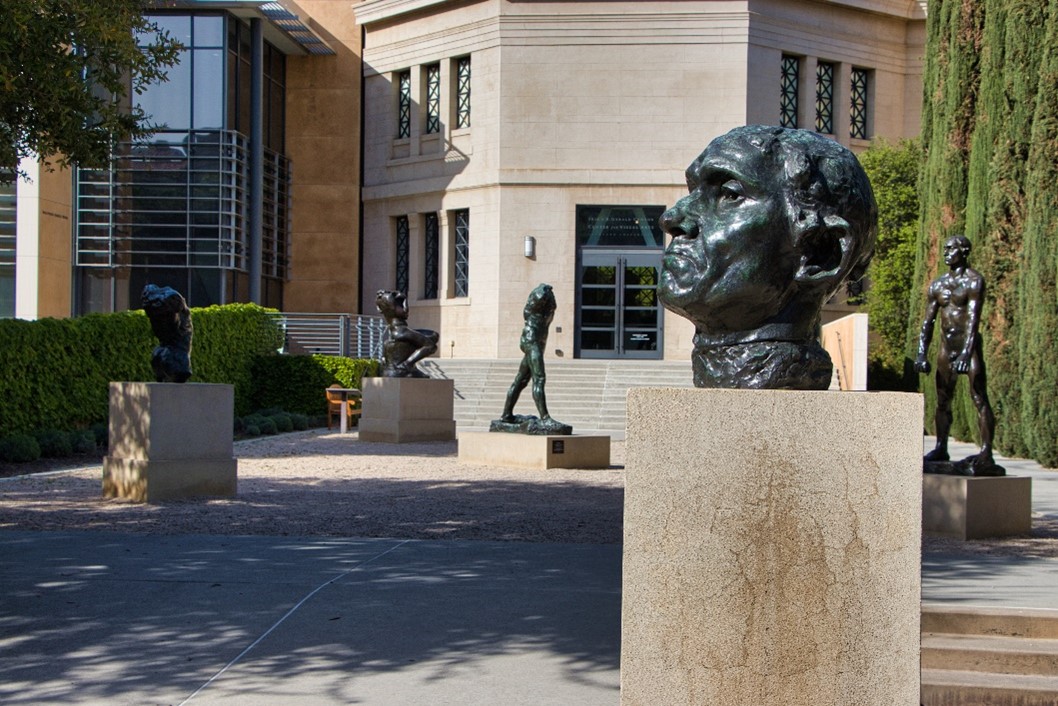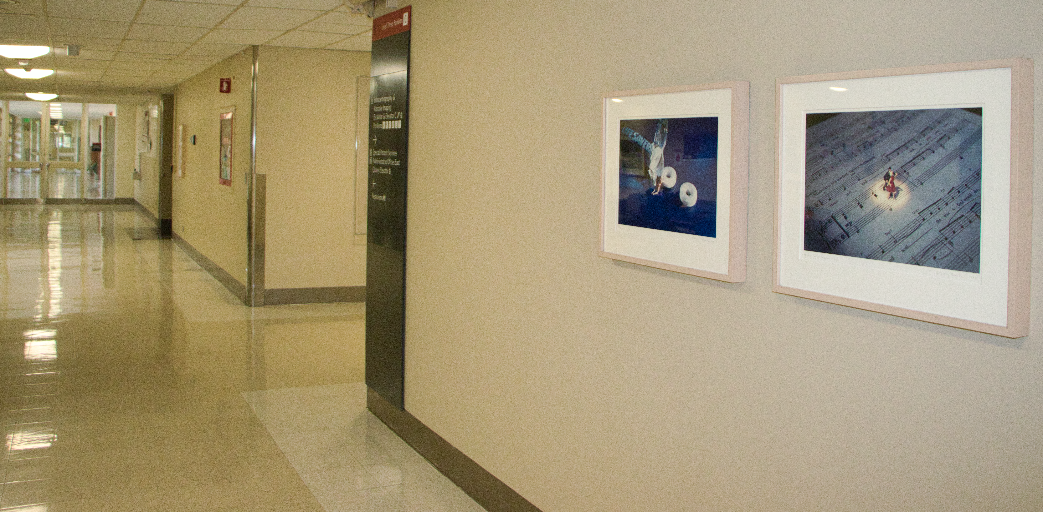Gallery Walk on the Wards
A delightfully bizarre musical helped me through the rocky aftermath of my 2018 residency match. I didn't have the foresight then to appreciate the adventure and opportunity that was in store for me next. Instead, the doom and gloom of leaving the familiar to face the unknown — alone and in a new city — loomed large. By some serendipitous stroke of good fortune, though, a kitschy new jukebox musical happened to be in town ahead of its Broadway premier. A fresh take on a salacious 16th century drama set to a bubblegum pop score of iconic Go-Gos hits, Head Over Heels was 135 minutes of levity and light. The sparkle and hope and optimism emanating from the production brought me back to see it again and again and carried me through the deep disappointment that permeated those final weeks of medical school. And it wouldn't be the last time the performing arts provided me clarity and perspective during the unexpected twists and low moments that inevitably punctuate a medical training.

It's odd to realize that I've now spent more than half of my clinical training behind a mask and alongside COVID-19. While life within the largely windowless walls of hospital workrooms slowly returns to baseline, life outside carries on distinctly void of the vibrant undertones afforded by regular trips to theaters and music halls. I miss the spontaneous, almost haphazard exploration of the performing arts that was once nearly routine for me. There's nothing quite like snatching up last-minute rush tickets, taking in the spectacle of a new show, and finding oneself unexpectedly moved by a motif or a melody or a moment whose influence lingers far beyond the final curtain call. Unfortunately, with the pandemic, the thrill of discovering new performances has seemingly become a relic of the past. To fill this substantial void and while spending an inordinate amount of time at work during fellowship, I've turned quite desperately to the only readily accessible substitute available to me – an eccentric collection of art on display in and around the hospital.
There's a sculpture garden I cut through daily on my way into work. At the start of fellowship, I was utterly annoyed by the loose gravel ground surrounding this spot, its sole apparent purpose to slow my hurried strides through the pre-dawn darkness as I rushed to make it in on time. Only recently have I taken pause to appreciate these statues – all Rodin, I think, and all cast in bronze, probably. In the foreground is a man of short stature, dressed for adventure, cape rippling in the wind. Just behind him stand two cement columns, each topped with larger-than-life heads bearing faces deeply contorted with emotion. And further back still is a collection of headless torsos in the nude – some boasting a full complement of limbs, most short at least a few. Never one for deep insights when it comes to the abstract, I can't for the life of me figure out what I'm meant to take away from this hodgepodge display.

The art within the hospital is similarly perplexing. And there's a lot of it. A towering sculpture of butterflies on a stick. A jester subdivided, half in rich crimson, the other in black and white sketch. An enormous painting of a bookshelf packed full of doodads in psychedelic patterns and colors. But my favorite piece hangs just outside the outpatient echo lab – a photograph of a Polly Pocket-sized figurine in a red bikini clinging to a mint LifeSaver against a deep blue background. I've passed it at least twice daily in recent months, each time tickled and bemused.
I've made little to no progress in deciphering the metaphor behind any of this art. I suspect, though, that such analysis is entirely beside the point. For me, the value of hospital art rests not with any esoteric symbolism or technical finesse but, rather, with its ability to provide meaningful respite, no matter how brief, from the alarming pagers and never-ending to-do lists and end stage illnesses that fill a day on the wards. That tiny lady on the LifeSaver mint brings a smile to my face as I lug an echo machine down the hall at 2AM for an on-call study. That subdivided jester adds a moment of joy to a taxing 24-hour weekend shift as I cross the second-floor bridge on my way to evaluate yet another pedestrian atrial fibrillation consult. And those eternally empathetic heads on columns commiserate with me as I walk to my car after a day of Swans that won't float and catheters that won't engage. To whomever invested so handsomely in the hospital's gallery of art, I thank you sincerely. But even so, here's to hoping we get back to the performing arts — back to packed concert halls and theaters — soon.
This article was authored by Shire Beach, MD, an FIT at Stanford University. Twitter: @SLBeachMD.
This content was developed independently from the content developed for ACC.org. This content was not reviewed by the American College of Cardiology (ACC) for medical accuracy and the content is provided on an "as is" basis. Inclusion on ACC.org does not constitute a guarantee or endorsement by the ACC and ACC makes no warranty that the content is accurate, complete or error-free. The content is not a substitute for personalized medical advice and is not intended to be used as the sole basis for making individualized medical or health-related decisions. Statements or opinions expressed in this content reflect the views of the authors and do not reflect the official policy of ACC.

